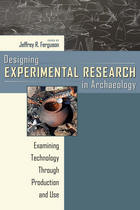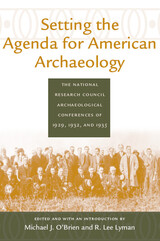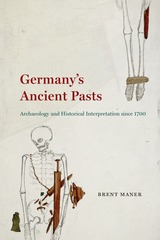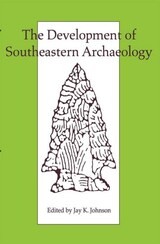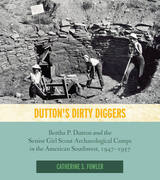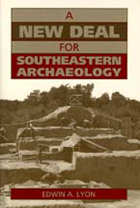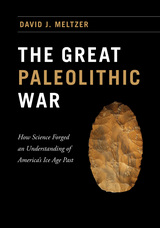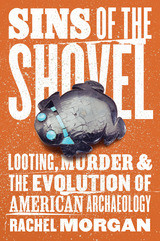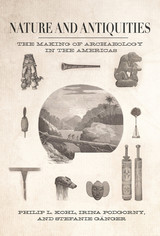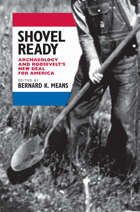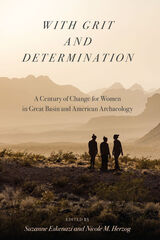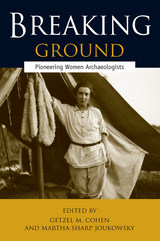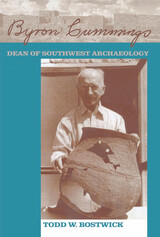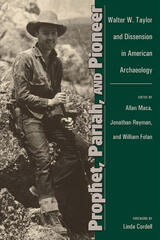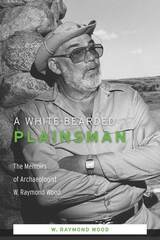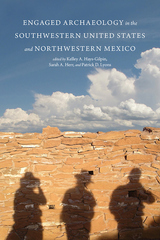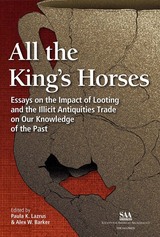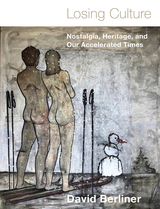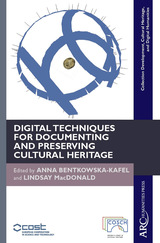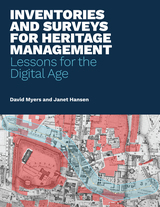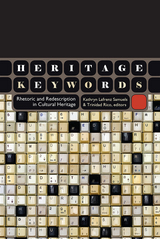The Archaeology of V. Gordon Childe: Contemporary Perspectives
University of Chicago Press, 1994
Cloth: 978-0-226-31759-5
Library of Congress Classification CC115.C45V2 1992
Dewey Decimal Classification 909
Cloth: 978-0-226-31759-5
Library of Congress Classification CC115.C45V2 1992
Dewey Decimal Classification 909
ABOUT THIS BOOK | TOC
ABOUT THIS BOOK
Although V. Gordon Childe died 36 years ago, he remains the world's most renowned prehistorian. His What Happened in History, first published in 1942, is probably the most widely read book ever written by an archaeologist. His influence and reputation endure despite the fact that many of the theoretical ideas he propounded, as well as his interpretations of European and West Asian prehistory, have been profoundly modified, or even rejected, since his death.
With contributions from such distinguished prehistorians as Kent V. Flannery, David Harris, Leo S. Klejn, John Mulvaney, Colin Renfrew, Michael Rowlands, and Bruce Trigger, The Archaeology of V. Gordon Childe is an attempt to evaluate Childe's achievement from different "partly national" perspectives and to assess how far, and why, his work remains significant today. The contributors examine such persistent themes in Childe's thought as the nature of culture and the role of diffusion in cultural evolution and debate the question of whether Childe anticipated "processual archaeology" in his famous models of the Neolithic and Urban Revolutions. Also included are evaluations of Childe's early career in Australia, his relations with Soviet archaeology, including a previously unknown letter from Childe to Soviet archaeologists, and his impact on American archaeology.
With contributions from such distinguished prehistorians as Kent V. Flannery, David Harris, Leo S. Klejn, John Mulvaney, Colin Renfrew, Michael Rowlands, and Bruce Trigger, The Archaeology of V. Gordon Childe is an attempt to evaluate Childe's achievement from different "partly national" perspectives and to assess how far, and why, his work remains significant today. The contributors examine such persistent themes in Childe's thought as the nature of culture and the role of diffusion in cultural evolution and debate the question of whether Childe anticipated "processual archaeology" in his famous models of the Neolithic and Urban Revolutions. Also included are evaluations of Childe's early career in Australia, his relations with Soviet archaeology, including a previously unknown letter from Childe to Soviet archaeologists, and his impact on American archaeology.
See other books on: Archaeology | Congresses | Contemporary Perspectives | Harris, David R. | World
See other titles from University of Chicago Press

